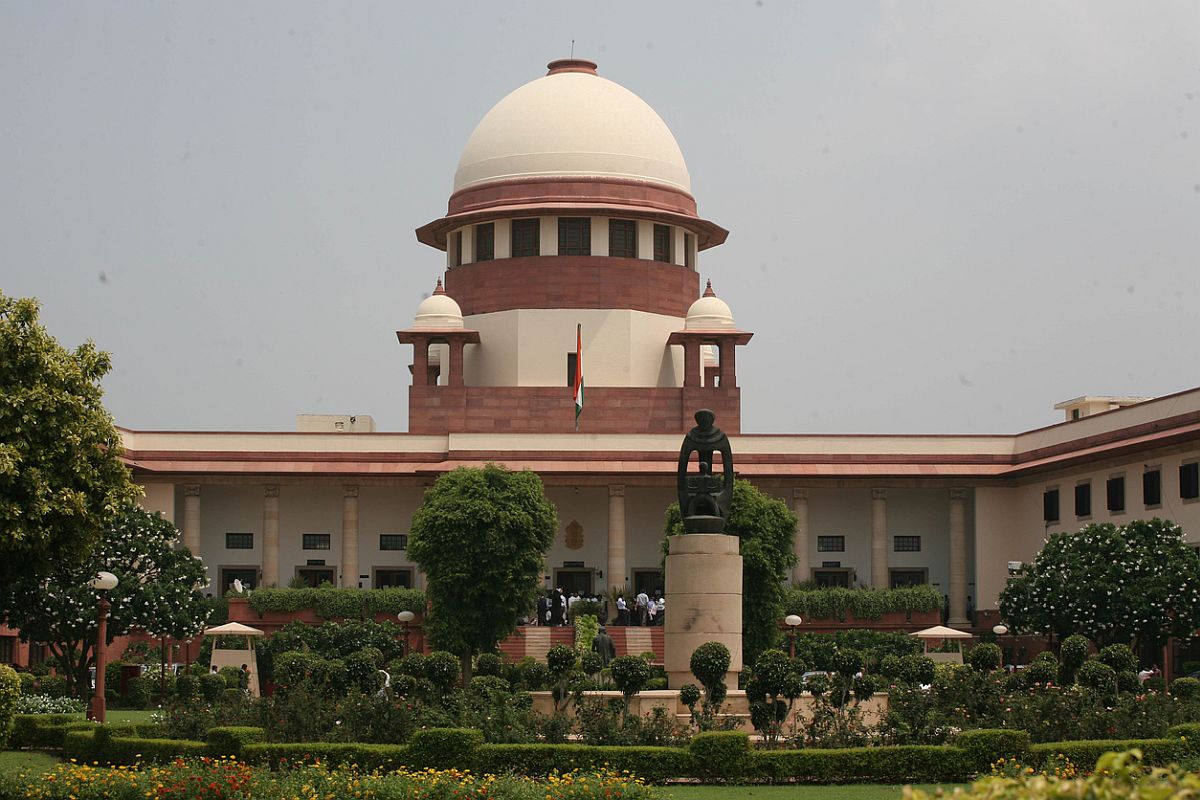The Uttarakhand government has moved the Supreme Court challenging the state High Court’s June 28 order, staying its June 25 decision to allow local pilgrims to participate in the Char Dham Yatra on July 1.
In the appeal filed on July 6, the state government contended that the High Court committed an error in not appreciating the fact that the livelihood of significant portion of the population, living around Char Dham sites, depends on the yatra.
Advertisement
Noting that the four dhams are situated at the altitude of about 12,000-14,000 metres above sea level and the weather in winter dips to between minus 5 and minus 20 degrees Celsius, the state government, in its plea, said: “Due to harsh climate and terrain, the livelihood of people residing in the near villages en route Char Dham Yatra is largely dependent on the earnings made through tourism and religious rituals during the yatra.”
The plea contended that unlike other religious Hindu shrines likes Vaishno Devi, Kashi Vishvanath in Banaras, Vrindavan or other south Indian shrines, the access to Char Dham is only for a period of roughly 6 months, due to terrain and climate in winters.
“Therefore, the rest of the 6 months, the villagers survive through cold, without much of an earning,” it added.
The state government argued that Covid-19 positivity rate in the districts of the religious sites is relatively low, and cited that, from June 15, 2021, to July 2, 2021, positivity rate was 0.64 per cent in district Chamoli and 1.16 per cent in Rudraprayag district.
The Uttarakhand High Court had pointed out at the potential threat of third wave predicted by the scientific community, where the victims will be children, and added that the loss of a child is not painful only to parents but the nation at large. “It is in the interest of the public to stay the operation of cabinet decision dated June 25 and to direct the government not to permit pilgrims to reach Char Dham temples,” the high court had said while passing an order a batch of petitions against the yatra.
The state government had issued detailed SOPs on June 26, for the first phase of the Char Dham Yatra. Amongst other safety protocols and measures, the SOP also provided for a fixed number of pilgrims for each dham: Badrinath, maximum 600 pilgrims per day; Kedarnath, maximum 400 pilgrims per day; Gangotri, maximum 300 pilgrims per day; and Yamnotri, maximum 200 pilgrims per day.











